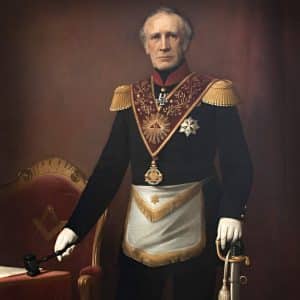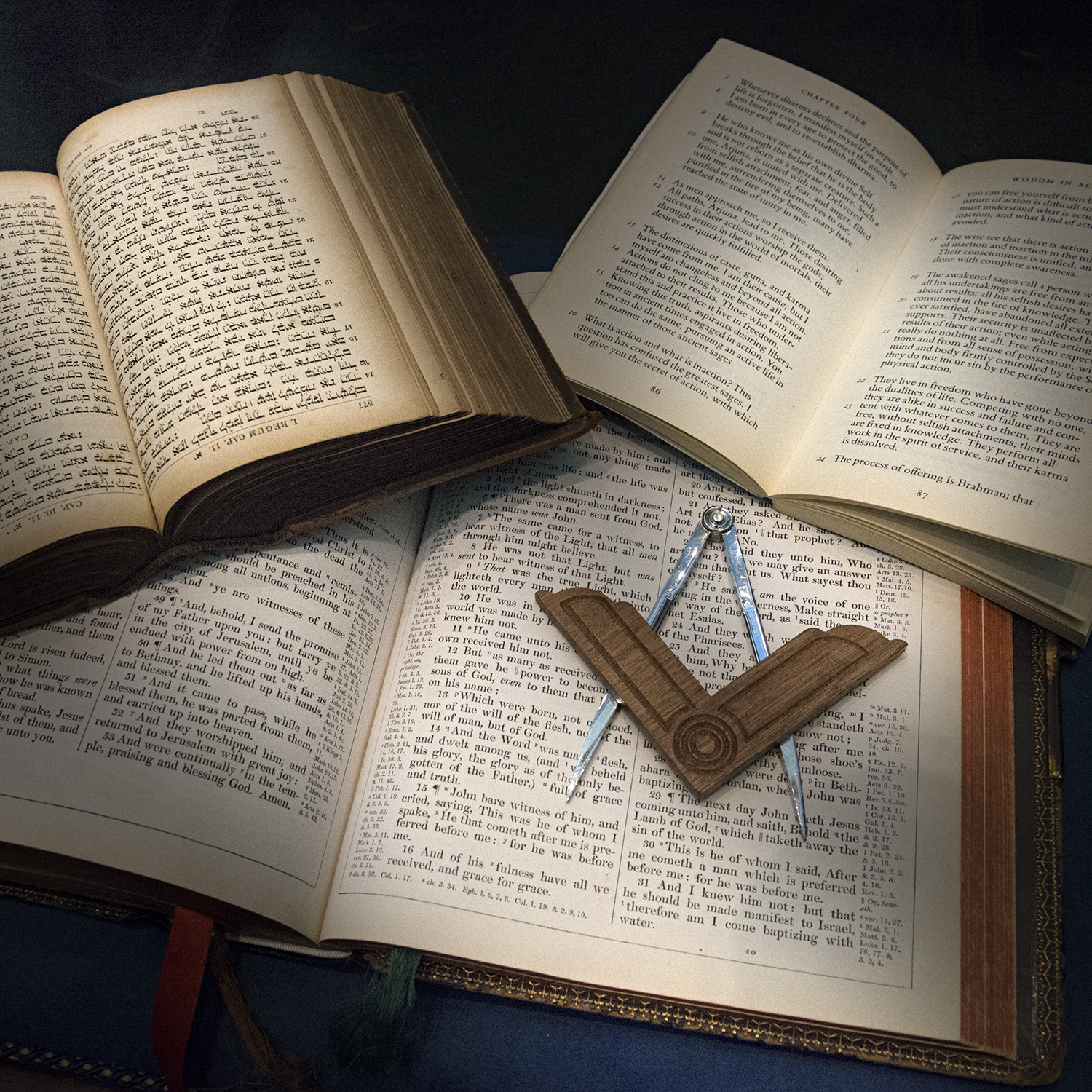With the help of freemasons from England and France, the first Dutch lodge was established in The Hague as early as 1734. This took place in the Lion d'Or lodge, later the House of Lords, which was demolished in 1986 due to the new construction of the Lower House. The establishment of a second lodge followed in 1735, then more lodges, including in other cities.
Suspected of being Orangist, the lodges were soon banned by the patriotic States of Holland. It was considered strange and suspicious that men of different political persuasion and church affiliation united in one organisation.
Prince Frederik

After the restoration of stadtholdership, in 1744, Freemasonry revived. In 1756, ten lodges joined together to form the ‘Groote Loge der Zeven Vereenigde Nederlanden’, which name was changed in 1817 to the even today: ‘Order of Freemasons under the Greater East of the Netherlands’.
Two princes from the House of Orange held the position of Grand Master of the Order of Freemasons in the 19th century: Prince Frederik (the younger brother of King William II, who was himself a Freemason) for 65 years, from 1816-1881, and Prince Alexander (the youngest son of King William III) from 1882 until his early death in 1884.
The colonial era influenced the spread of Freemasonry from our country. Dutchmen settled in the Antilles, Suriname, Ceylon, India, South Africa and Rhodesia, the former Dutch East Indies, China and Brazil. Sixteen lodges outside the Netherlands, including in the Netherlands Antilles and Suriname, still belong to the order.
In 1940, the order was one of the first to be declared a banned society by the German occupiers. The world-renowned Order library and precious museum property were taken away to Germany. Grand Master Hermannus van Tongeren was arrested and died in the Sachsenhausen concentration camp on 29 March 1941. Shortly after the end of the war, most of the library and historical archives were found and returned to barns near Frankfurt.

In 1939, the order had over 4,100 members and 67 lodges. After the occupation of the Netherlands and the end of the war in the Far East, this number had fallen to three thousand members and 64 lodges, partly due to natural attrition, partly because a number of members had died in German and Japanese camps in the then Dutch East Indies.
After 1945, the membership in the Netherlands initially increased sharply, also due to the repatriation of freemasons from Indonesia. Until 1970, the growth of the number of lodges almost paralleled that of the number of members. After 1970, the number of lodges increased further, while membership remained more or less constant around six thousand. The increase in the number of lodges was mainly caused by the growth of commuter towns, industrialisation and urbanisation outside the Randstad.
In the southern provinces, growth was also facilitated by the improved relationship between Freemasonry and the Roman Catholic Church. As a result, in places like Almere, Velsen, Amstelveen, Castricum, Huizen,
's-Hertogenbosch, Tilburg, Oosterhout, Roosendaal and Heerlen lodges were established.
There are currently 156 lodges in 73 towns in the Netherlands and the Order (Freemasonry) has some 6,000 members.